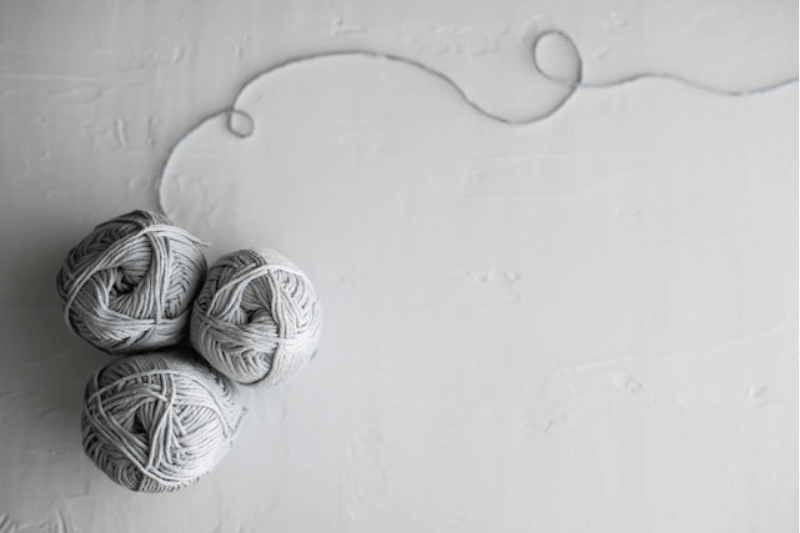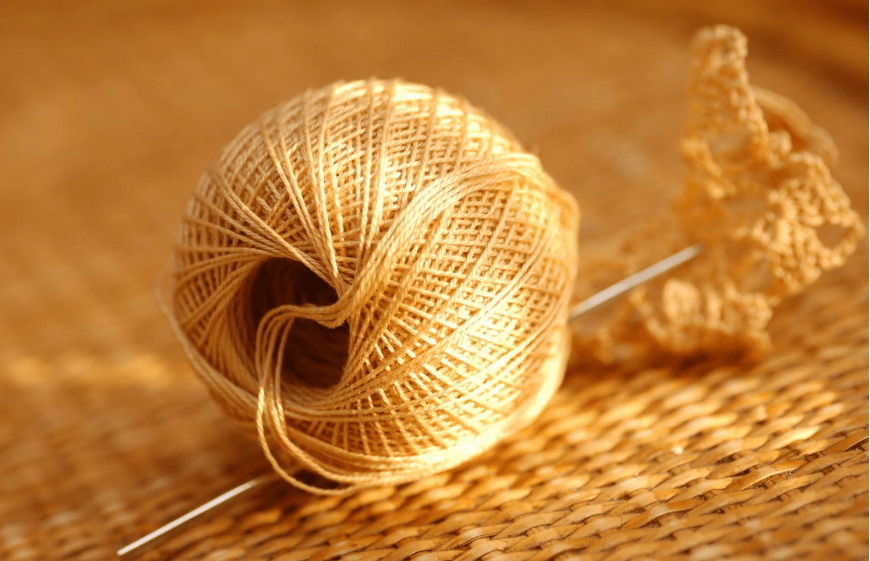
Understanding the Yarn Universe – A Guide
Textile yarn is made from natural fibers like wool from sheep, silk from silkworms, cotton and linen from plants, and so on. A continuous strand of entangled fibers is called yarn. It can also be made with synthetic or man-made fibers derived from nylon, acrylic, and polyester, among other materials. Spinning is used to make yarn. It can be spun with a machine or by hand. The exterior of weaving yarn is smooth, it has a tight twist, and it has a lot of longitudinal strength.
Yarns in the production of woven fabrics
- Warp yarn- A weaving beam is constructed by placing warp yarn in the fabric’s longitudinal direction.
- Weft yarn-Cross interlacing through warp beams requires weft yarn.
Spot good yarns – Weaving magnificent fabrics requires high-quality yarn only.
- No splits
- No breaks in the plies
- Without colour bleeding

Determining the quality of yarn –
- The Twist Test : This test is used to see how the yarn is arranged in a spiral. Twisting increases a yarn’s strength, but too many twists cause the fibers to be at an angle to the axis of the yarn, reducing its strength. Depending on how the yarn is used in the fabric, different
twists are given to it. Maximum twists are added to warp yarns using the standard warp twist. - Parameters for yarn quality – The various types of yarn are evaluated for their quality using a number of different parameters.
- Denier, Ne, Lea – The thickness of the silk yarn’s fibers or filaments is measured in Denier, Ne, and Lea Denier. The yarn is heavier, thicker, and more affordable the higher its denier value. The lighter, thinner, and more expensive the yarn, the lower its denier value. The unit used to describe the size of cotton yarn is Ne, and the term “count” refers to cotton yarn. It refers to the number of times a pound of yarn can be divided by 840 to get its length. Lea is the unit of measurement for linen thickness.
- Yarn Elongation – For weaving, the elongation of the yarn is essential. The ability of a yarn with a higher elongation to withstand tension and jerk during weaving processes is enhanced.
- Degree of hairiness – The number of fibers that protrude from the base of the yarn determines the degree of hairiness. Yarns with a lower hairiness value are less likely to pill.
By supplying weavers, manufacturers, and retailers with high-quality raw materials at competitive market prices, Vatsal Exports empowers strong bonds.
Reach out to us to get good prices for your fabrics and access yarns at reasonable prices.
